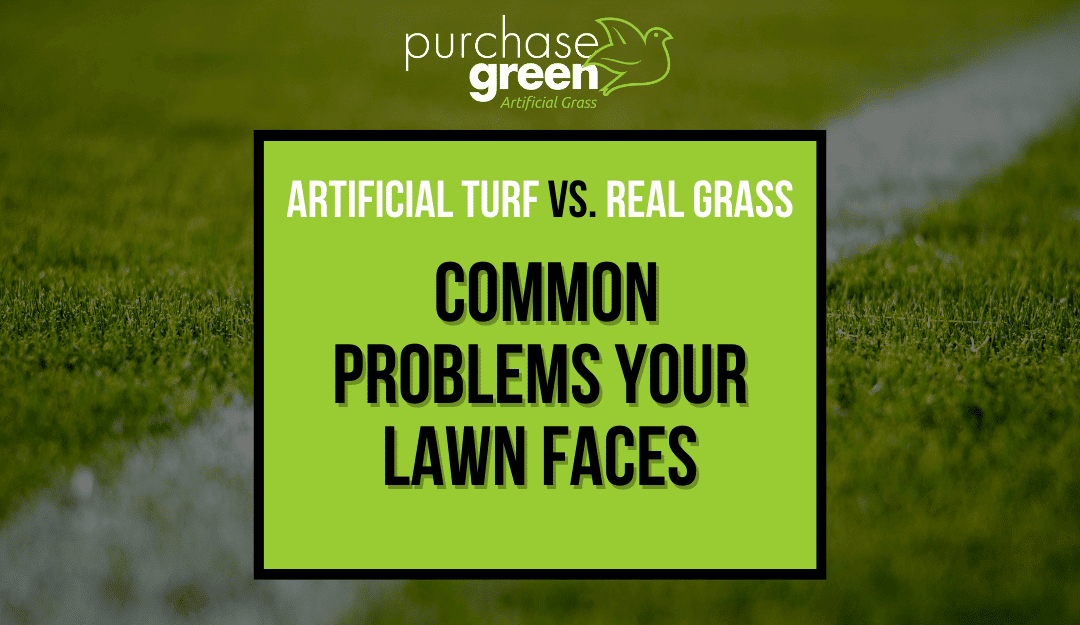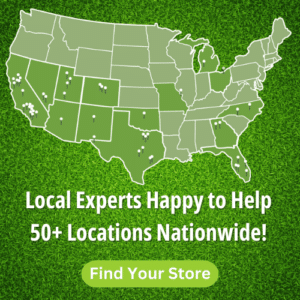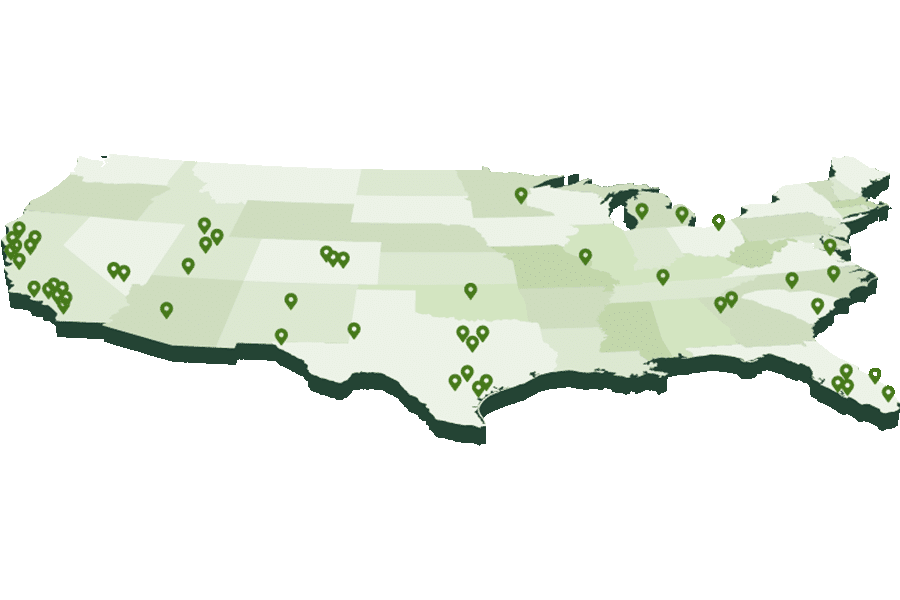Every lawn has its needs and challenges. Many people may be wondering if making the switch from natural sod to artificial turf is a worthy investment. They may also be wondering what Purchase Green product resembles their specific grass species. This article seeks to answer these questions by providing an overview of common issues facing popular grass species and the Purchase Green products that closely resemble those grass species. Find out more about artificial turf vs real grass below.
Challenges Facing Popular Lawn Grasses: Artificial Turf vs Real Grass
Ryegrass
Ryegrass is typically a choice for many homeowners in the northern United States. This grass typically thrives in full sun but struggles in shady areas. Because Ryegrass does not spread through stolons like other grass species, the turf may appear patchy over time. It is recommended to fertilize Ryegrass with nitrogen during growing seasons to maintain lush growth. Unfortunately, many varieties of Ryegrass are drought-sensitive and susceptible to weed issues. A complaint often expressed by homeowners is Ryegrass’ habit of developing an overabundance of rye seed stalks, causing the lawn to appear uneven.
In terms of aesthetics, our product recommendations that closely match this Ryegrass include:
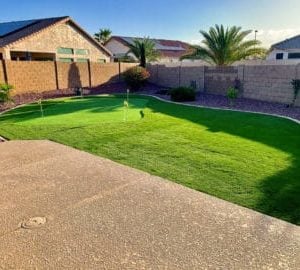 Arizona Platinum Olive
Arizona Platinum Olive
Arizona Platinum Olive, featured right, closely resembles a well-maintained Ryegrass lawn. Its highly durable, temperature-controlled, and no-shine finish make it an attractive offer to customers seeking a natural appearance. Arizona Platinum Olive is 2 inches tall and is one of our taller and thicker artificial grasses.
Bermuda Grass
Bermuda grass is a popular choice amongst homeowners living in the Southern United States. Though Bermuda grass is considered drought-tolerant, Bermuda grass still requires at least 1 inch of water weekly to avoid drought stress. Drought stress can cause the grass to turn brown, and the grass blades to appear dry. Additionally, this warm-season grass can become stressed if not exposed to direct sunlight for six hours. Repeated exposure to shade can cause thinning or in prolonged shade conditions bare spots can occur. Weeds found within Bermuda grass should be addressed immediately to avoid further spreading or the onset of bare spots. Lastly, Bermuda grass is also susceptive to insect damage and common grass diseases.
In terms of aesthetics, our product recommendations that closely match this grass include:
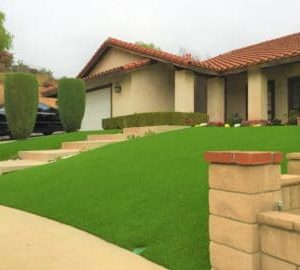 Diamond Cool 50
Diamond Cool 50
Diamond Cool 50 featured right is an ideal alternative to Bermuda Grass that incorporates PG Cool Yarn technology, keeping grass temperatures manageable. Diamond Cool 50 has an exceptional UV performance that is designed to meet double the industry standard. Diamond Cool 50 is an ideal alternative to Bermuda grass lawns.
Bluegrass
Bluegrass performs well in the northern regions of the United States where cool winters and moderate summers define the climate. Bluegrass requires a high level of maintenance to achieve a pristine condition and homeowners are expected to maintain the lawn around 2 to 3 inches in height. These heights should be increased to 3 to 4 inches during the summer months. Unfortunately, because of its shallow root system Bluegrass does not tolerate prolonged drought conditions well. Moreover, bluegrass is threatened by diseases such as grey snow mold, lawn rust, and dollar spot.
In terms of aesthetics, our product recommendations that closely match this grass include:
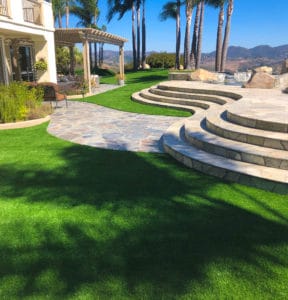 Bluegrass SUPREME
Bluegrass SUPREME
Bluegrass SUPREME featured right closely resembles natural Bluegrass and is considered one of PG’s lushest grass products. Its exceptional blade memory allows the grass to maintain its structure under normal foot traffic. Its minimal shine and brown thatch provide a realistic alternative to any Bluegrass lawn.
Fescue
Fescue is a cool-season grass popular in the northern United States. Ideally, Fescue is mowed around 2 to 3 inches and receives 1 to 1.5 inches of water per week. Furthermore, Fescue can be endangered by common fungal diseases such as snow mold. Crabgrass can also be an issue and it’s recommended to treat Fescue with weed prevention and the proper amounts of fertilization. Moreover, Fescue grows in clumps and spreads vertically creating a clumpy appearance if not maintained. Overseeding is recommended during optimal germination periods to prevent clumping.
In terms of aesthetics, our product recommendations that closely match this grass include:
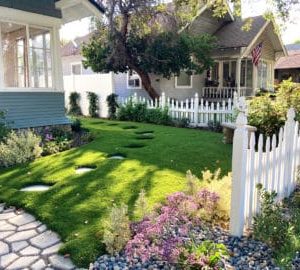 Fescue SUPREME
Fescue SUPREME
Fescue SUPREME featured right is one of the toughest artificial grasses on the market today. The Double Diamond-shaped blade is designed for superior memory and its delustered fiber prevents shine for a more natural appearance. This bi-color grass will prove to be an exceptional alternative to traditional Fescue lawns.
St. Augustine
St. Augustine grass is a popular choice among Southern homeowners in the United States. It is known to be disease resistant, yet its vulnerabilities are exploited by pest infestations, weed competition, and fungal diseases. If left untreated St. Augustine can succumb to any number of these conditions and experience yellowing and patchiness. Specifically, White Grub worms are a pest that can ruin the appearance of spring St. Augustine lawns, targeting this pest is a priority for any homeowner seeking a pristine lawn. Lastly, St. Augustine is capable of tolerating shade, yet 5 to 6 hours of direct sunlight is recommended for ideal growth.
In terms of aesthetics, our product recommendations that closely match this grass include:
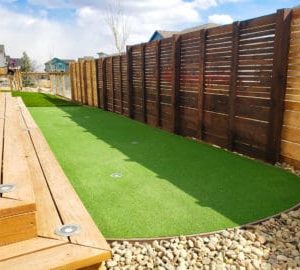 Arizona Pro
Arizona Pro
Arizona Pro featured right is a delustered, resilient, temperature-controlled artificial grass. This grass is 1.7 inches tall and exhibits finer blades than alternative products. Arizona Pro is designed to provide customers with a more natural look and feel, creating a viable alternative to a traditional St. Augustine lawn.
Zoysia
Zoysia grows best in the Transition and Southern regions of the United States. It requires six to eight hours of sunshine daily and occasional shade. Common issues facing Zoysia include pest damage and fungal diseases. The homeowner can stave off much of the problems associated with Zoysia by maintaining the length of the grass from 1 to 2 inches, watering weekly at a minimum of 1 inch, and aerating during the spring. Furthermore, it is recommended to dethatch the lawn periodically and fertilize with nitrogen once a year.
In terms of aesthetics, our product recommendations that closely match this grass include:
 Zoysia
Zoysia
Zoysia featured right is a 1.5-inch-tall artificial grass that has a 48 oz face-weight and utilizes the latest yarn extrusion technology. This highly durable grass provides a reliable product to any homeowner seeking a low-maintenance alternative. The reduced surface areas provide a no-shine finish that complements native vegetation. Purchase Green’s Zoysia is an ideal alternative to Zoysia lawns.
Artificial Turf vs Real Grass: Why Should You Choose Artificial Grass?
Natural lawns are a nice addition to any home, but lawns require maintenance and resources to keep appearances pristine. Most of the water consumption for residential homes is utilized for outdoor irrigation. On top of that, regular landscaping costs time and money. Regardless of what grass species you have, all grass species are vulnerable to a form of pest, disease, or maintenance-related issue. Additionally, many lawns require fertilization, aeration, and the use of pesticides to prevent issues that threaten grass species. Artificial grass provides a unique alternative to a traditional lawn. With artificial turf vs real grass addressed, consider making the switch to artificial grass and transforming your landscape in a matter of days.
Find out more about how you can beautify your landscape with artificial turf at: https://www.purchasegreen.com/
